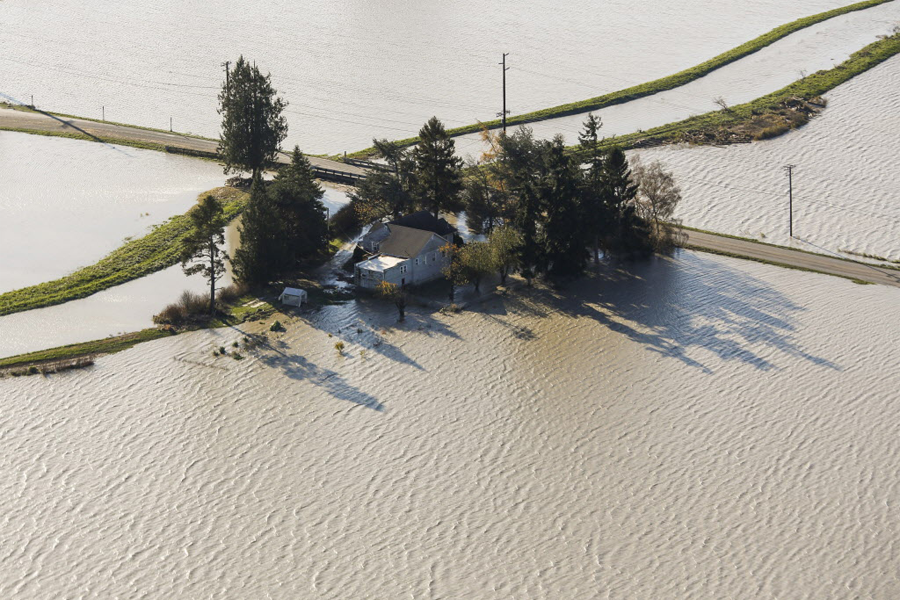NASA examines the effects of this year's El Niño
Loading...
Researchers at NASA are examining the weather trends of this year’s El Niño warming pattern to determine how it may affect weather patterns across the United States, including drought levels in California.
“NASA is at the forefront in providing key observations of El Niño and advancing our understanding of its role in shaping Earth’s weather and climate patterns,” Duane Waliser, chief scientist of the Earth Science and Technology Directorate at NASA’s Jet Propulsion Laboratory in Pasadena, Calif., said in a statement.
El Niño is an annual weather event typically characterized by unusually warm temperatures in the Pacific Ocean. Meteorologists and researchers believe that this year’s El Niño is on track to equal or even rival the El Niño weather event of 1997-98, in which a record series of storms slammed the West Coast with rain.
One of the most important developments the researchers are tracking is what impact, if any, El Niño will have on the drought in California, which is now entering its fifth year. The National Oceanic and Atmospheric Administration and the California Department of Water estimate that the storms from this year’s El Niño would need to bring 60 inches more rain over the average, and provide 39 inches of snow water content, in order to help bring California into drought recovery.
Initial satellite observations from NASA appear to indicate that the atmospheric rivers, or narrow corridors of concentrated moisture, that occur during El Niño may provide some relief from the drought. Atmospheric rivers are typically responsible for the patterns of extreme rainfall and flooding that occur in the mid-latitude, westerly coastal regions of the world, like the west coasts of North America, Europe, and Africa.
But experts predict that while El Niño may help alleviate the symptoms of the drought, it will not help eliminate the problem completely. They point to the fact that while El Niño does tend to bring higher-than-average levels of rainfall, it is not a sign of permanent change.
"Over a 25-year period, over the long term, El Niño provides only 7% of our water. So as much as we’re hyping it, it’s not a big player," Bill Patzert, a climatologist with NASA’s Jet Propulsion Laboratory in La Cañada Flintridge, told the Los Angeles Times. "It’s fast and furious, but it’s too irregular – the gap between El Niños is too long to [point to it as a] drought-buster.”






